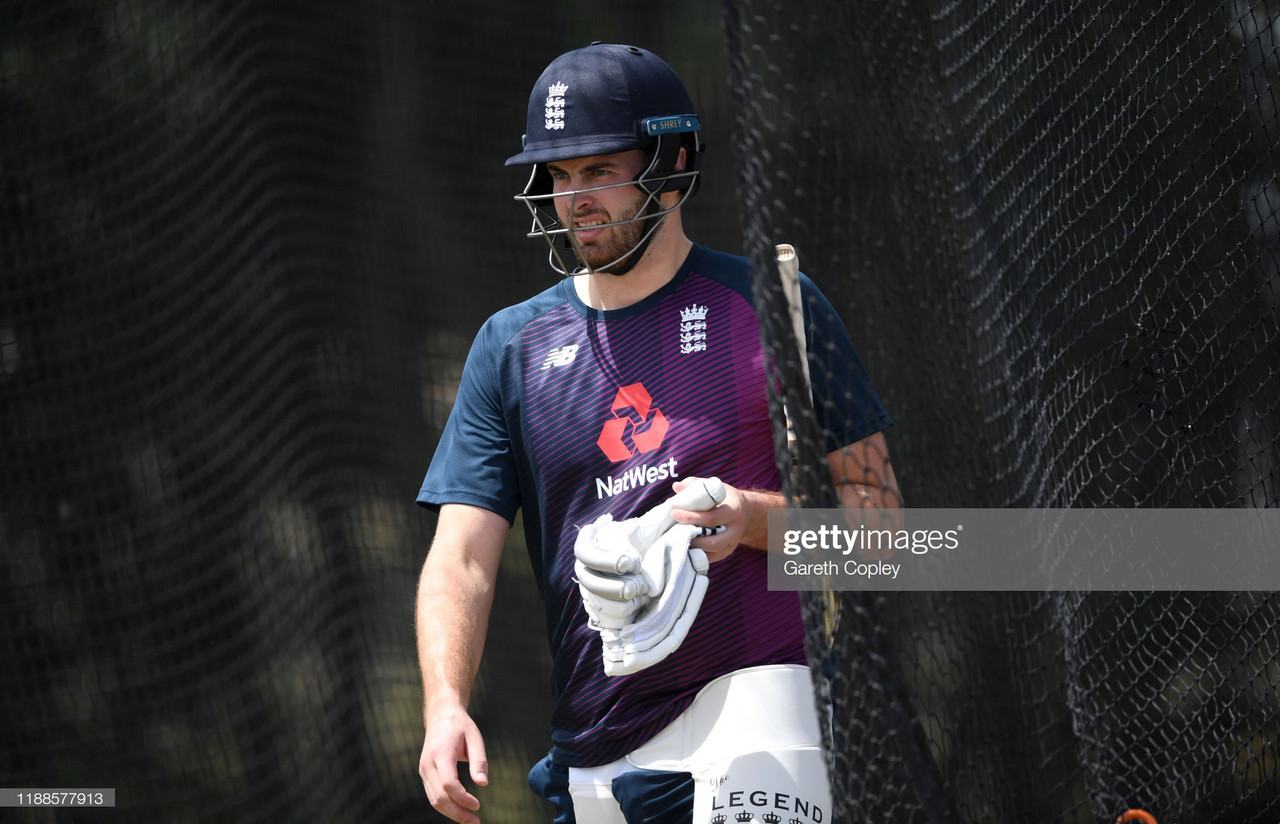England return to the southern hemisphere 18 months after a torrid 2017-18 winter tour where first Australia and then New Zealand ruthlessly exposed the tourists’ deficiencies. Can Joe Root’s men fare better this time?
All change
Nothing and yet everything has changed since England departed New Zealand in March of last year, when they were famously rolled for 58 on the first day of the series.
They’re still very prone to the more than occasional collapse, are still yet to find a reliable batsman at number three, and questions remain over the middle order too.
On the other hand there’s a new Test-focused coach, Jofra Archer has exploded onto the international scene, and England may finally have sorted out two thirds of their troublesome top order. The bowling, which lacked venom without a Dukes ball, now has the pace and skill of Archer, and the batting, which lacked, well, everything, now looks much more sensible with two gritty openers at the top and the precocious Ollie Pope in the middle order.
Sensible is a word that could never have been applied to England under Trevor Bayliss, and that is where Chris Silverwood will be looking to stamp his style. The former Essex coach, who won promotion from Division Two and then the Division One title with the Eagles, was not everyone’s first choice but his record suggests he was a shrewd one.
A new DNA?
Talk has been about “finding a DNA for test cricket” when all too often under Bayliss it was a poorly developed clone of the more successful white ball brother.
Rory Burns’s relatively successful integration into the Test side has come as no surprise, and his good form in the Ashes has sealed his spot until next summer at least. Dom Sibley’s glut of runs over the last season and a bit has also propelled him to the top of the order- he is a “proper” red ball batsman of patience and believing that staying at the crease will bring runs. England will hope they finally have an opening pair capable of consistently putting on big partnerships.
The aforementioned Pope is perhaps the country’s most exciting young batsman since his England captain emerged seven years ago. His debut against India last summer showed glimpses of promise, but having scored all his runs for Surrey at six, it was perhaps too much to ask of the then 19 year old to reproduce it on the international stage two places up the order. His runs for Surrey since then have come at four, and it is expected he will be reintroduced to test cricket at six. Already there are signs of a more coherent approach to the longest format.
Gritty, accomplished openers, and a dogged if yet to quite to prove himself number three in Joe Denly, protect a middle order that has recently resembled a cricketing musical chairs.
Too often this year have numbers five, six and seven interchanged, a cause and symptom of an underperforming batting order that lacked identity and defined roles. Jos Buttler, brilliant as he is, has underdelivered in test cricket and is perhaps the biggest victim of the constant reshuffling. It is hoped that a defined role - as wicket keeper and at number seven - will bring out the best in him. Root at four, Ben Stokes at five, and Pope at six, looks far more like a middle order than anything England have lined up with in recent memory.
Settled Kiwis
The tourists fly in to face a settled New Zealand team with one of the best test batting line ups around at the moment. Tom Latham is establishing himself as a reliable scorer of big runs, Kane Williamson is already arguably the best batsman the country has ever produced, whilst Ross Taylor has had a post-eye operation upturn in form and Henry Nicholls has become a consistent producer in the middle order. That, coupled with a formidable bowling attack that is set to add the rapid Lockie Ferguson to its ranks, presents a stern test for this new look England first time out.
Decisions for both sides' bowling attacks
Both teams have decisions to make in regards to how their bowling shapes up- for England, it is a choice between Sam Curran’s left arm swing and Chris Woakes’ brisker, more subtle approach - both also present very capable options batting at eight.
Judging by the last warm up game against New Zealand A, Curran is the man who will get the nod. The build up for the hosts has been dominated by talk of a test debut for the aforementioned Ferguson, who could replace Tim Southee - New Zealand are unlikely to want to leave out the versatile and often devastating Neil Wagner. Matt Henry, capable of hitting the seam hard and at pace, is another sound option. Kiwi coach Gary Stead has hinted at rotation as the Black Caps face a gruelling five tests in seven weeks, and Southee may be the first of the hosts’ revered bowling trio to sit out.
11 and a half thousand miles from home, Root and his side enter somewhat unfamiliar territory under a new coach. It is the batting - particularly Root himself - that will come under the most scrutiny, and England fans have become all too accustomed on these Southern Hemisphere tours to waking up to bad news. Waking up on Thursday morning to good news will be a good start for this new era.
Likely line ups (first test):
New Zealand: Raval, Latham, Williamson*, Taylor, Nicholls, Watling(wk), De Grandhomme, Santner, Wagner, Ferguson, Boult
England: Burns, Sibley, Denly, Root*, Stokes, Pope, Butler(wk), S Curran, Archer, Leach, Broad









































